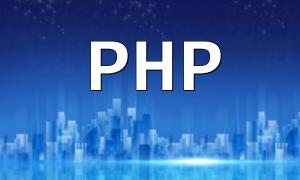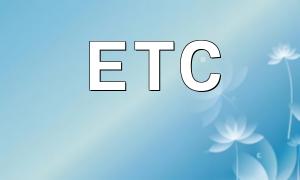Laravel has become one of the most popular PHP frameworks thanks to its elegant architecture and expressive syntax. Understanding its boot process is essential for developers who want to dive deeper into how the framework works under the hood. This article walks through the full lifecycle of a Laravel request, from entry point to response delivery.
Every Laravel request starts at the public/index.php file, which serves as the single entry point for all HTTP requests. This file is responsible for initializing the framework and bootstrapping the application.
Within index.php, Laravel loads Composer's autoloader and includes bootstrap/app.php. This file returns an instance of the Laravel application, initializing its core systems and setting the stage for the rest of the startup process.
At this stage, Laravel prepares the environment, configuration, and service loading mechanisms.
Service providers are one of the most important aspects of Laravel’s architecture. During the startup phase, Laravel registers all service providers listed in the configuration. Each provider initializes a specific component—such as database services, caching, queues, etc.
This modular approach makes Laravel highly extensible and well-suited for scalable applications.
Laravel's service container is responsible for managing class dependencies and performing dependency injection. It resolves and injects required components into controllers, middleware, and other parts of the application.
This mechanism promotes decoupling, testability, and reusability of code throughout the application.
Once the application has booted, Laravel forwards the request to its routing system. Based on the incoming URI, Laravel matches it against the routes defined in routes/web.php or routes/api.php.
If a match is found, Laravel dispatches the request to the corresponding controller and method.
After routing, the matched controller method is executed. Controllers handle the application's business logic and coordinate data from models to views.
This clear separation of responsibilities keeps the application structure organized and easy to maintain.
Laravel uses middleware to process requests before and after they reach the controller. Middleware can handle tasks like authentication, authorization, logging, and CSRF protection.
You can also define custom middleware to tailor request handling to your specific needs.
Once the controller finishes executing the logic, it returns a response object. This could be a plain text string, JSON data, or a full HTML page depending on the application's requirements.
If the controller returns a view, Laravel uses its Blade templating engine to render the HTML. Blade supports template inheritance and reusable components, making front-end development more efficient and maintainable.
Laravel’s bootstrapping process is systematic and efficient. From receiving a request to generating the final output, it uses a combination of autoloading, service providers, routing, middleware, and a powerful service container to manage dependencies.
By understanding this full lifecycle, developers can write better, more optimized code and have greater control over application performance and structure.









